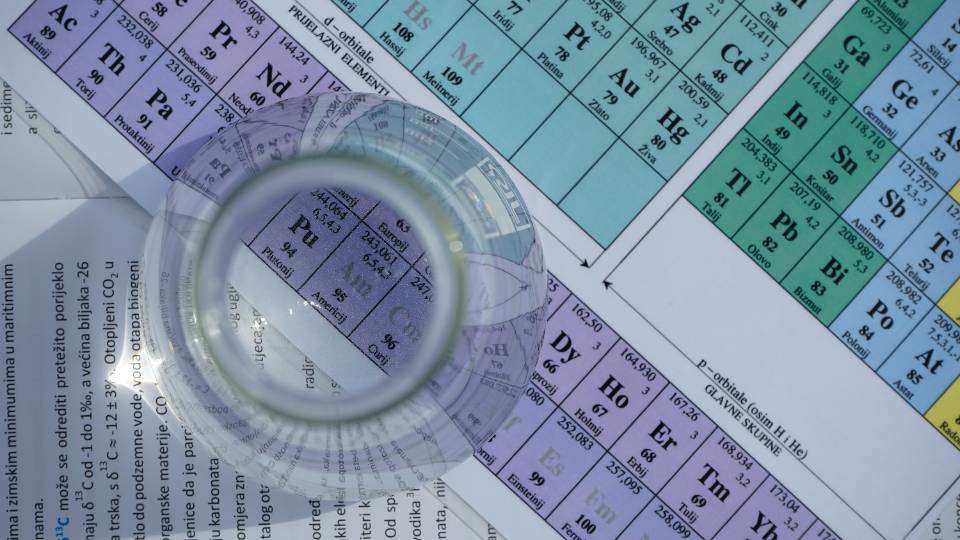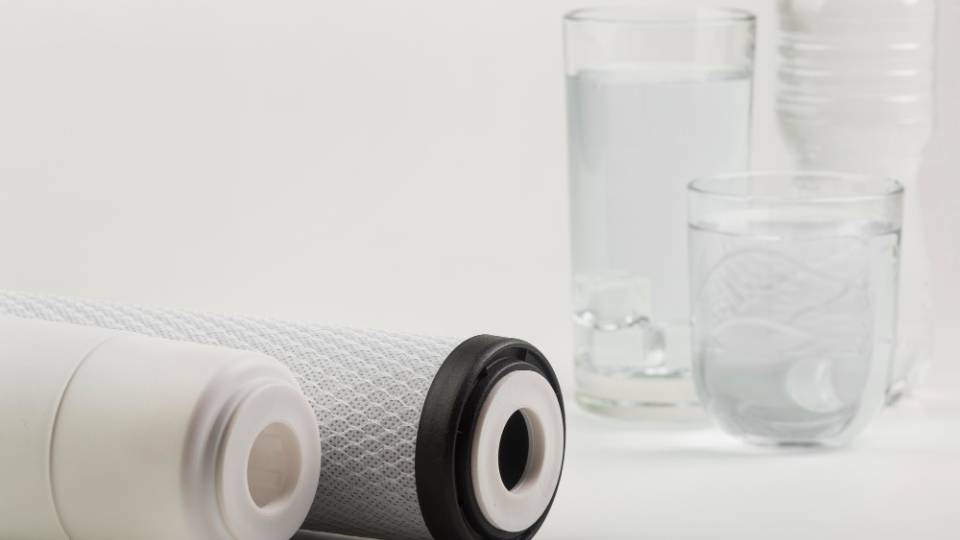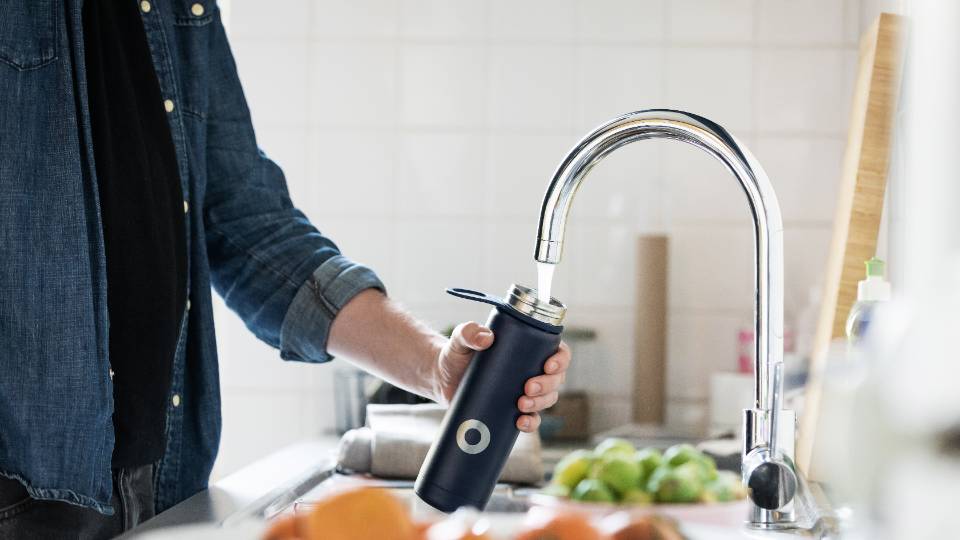Well Protection Basics
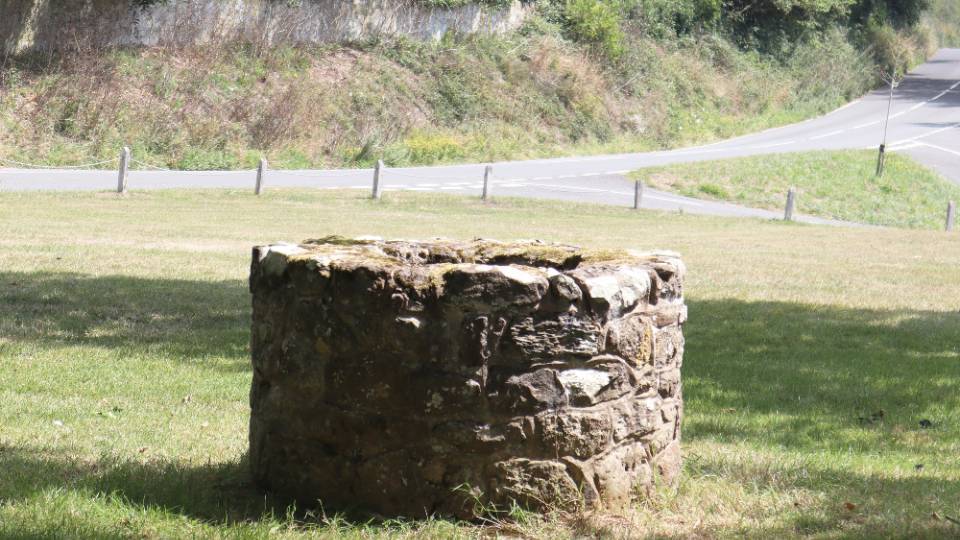
The EPA estimates that over 23 million households in the United States rely on privately owned wells to supply their drinking water [2]. Because these private wells are not regulated by the EPA, it is up to individual well owners to ensure the quality of their drinking water. Learn more about local regulations and best practices for building and maintaining a private well.
Well Location
The location of your well should be determined by evaluating possible pollution sources. The well has a greater chance of being contaminated if it is placed close to or downhill from a septic system, fuel tank, livestock yard, or chemical storage []. The Utah Health Department requires wells to be at least 95 feet away from any property line []. Specific setback distances are outlined by local health departments. Well casings should extend at least 18 inches above the ground, and the surface should slope away from the casing. Historic flood records may dictate that the casing should be higher [].
Shallow vs. Deep Wells
In the state of Utah, a shallow well is a well less than 30 feet deep []. These types of wells draw from groundwater near the surface, which is more easily impacted by agricultural activities. Polluted surface water can more easily enter the well. In general, a deeper well is better protected because the groundwater it draws from has been naturally filtered as it travels underground.
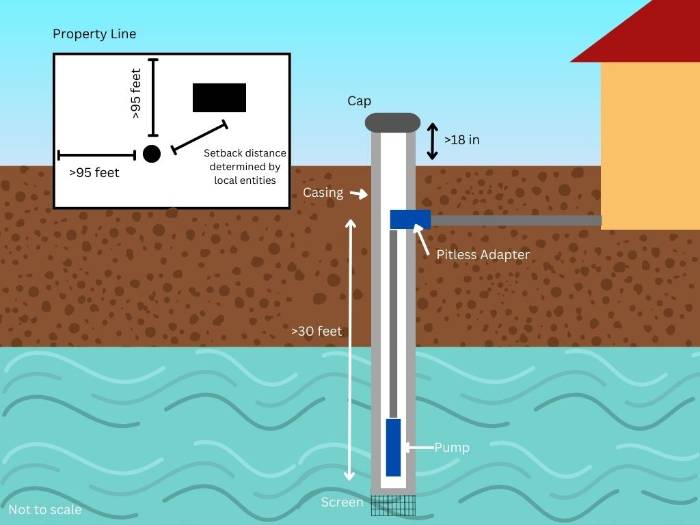
Materials
A well for private use generally consists of a casing, cap, screen, pitless adapter, and pump. The professional well driller has the task of determining what material of casing is best for the well being built. The materials approved for use in Utah with the permission of the owner are steel, PVC, and fiberglass reinforced plastic, though other types can be used if the manufacturer certifies the material meets load requirements []. Well caps are usually made of aluminum or plastic, and well screens are available in the same materials as casings.
Steel casings are prone to corrosion, which can cause leaks []. These leaks can allow groundwater, small animals, and insects into your well, impacting the safety of your water. For this reason, many companies have turned to using PVC casings.
The purpose of screens and caps are to prevent debris from entering the well. Utah requires that mechanically secured caps be weatherproof and sanitary []. Completely welded caps are also approved. If the cap has a vent, make sure it is adequately screened to prohibit refuse from contaminating the well.
How Do I Know if my Well has Been Contaminated?
A visual inspection can go a long way in determining if there is a problem with your well’s water quality. If you see any cracks, notice a decrease in water flow, or have to frequently replace water filters, you may have a leak. Additionally, you should test your water every year for heavy metals and bacteria. You should test more frequently if there are changes in land use, a chemical spill, or other event that could increase your well’s risk of pollution throughout the year.
What Can I do if my Well is Contaminated?
Depending on the level of contamination, it could be more cost effective to construct a new well rather than clean up the one being presently used. If this is the case, be sure to properly abandon the contaminated well under the supervision of a licensed water well driller and construct the new well according to state standards.
If your well has minor leaks, a repair may be possible using a well sleeve or liner []. You can also install water treatment systems, which can be used at the home or specific tap level. A water well systems contractor should be contacted to determine the best treatment option on a case-by-case basis.
Summary
- Build wells away from possible contamination sources
- Follow state regulations when constructing a drinking water well
- Frequently test well water and visually inspect well for damage
References
[1] Health regulation 16-01 approval of nonpublic water systems, 26A-1-121 (2016). https://health.utahcounty.gov/wp-content/uploads/sites/49/2019/10/03-28-16-Nonpublic-Water-Systems.pdf[2] State of Utah water well handbook, R655-4 (2022). https://waterrights.utah.gov/wellinfo/handbook.pdf
[3] Waller, R. M. (1982). Ground water and the rural homeowner [Pamphlet]. U.S. Geological Survey. https://pubs.usgs.gov/gip/gw_ruralhomeowner/index.html
[4] Weeks Drilling and Pump Co. (2020, December 14). What you need to know about water well casings repair? Weeks Drilling. https://www.weeksdrilling.com/water-well-casings-repair-what-you-need-to-know/
Authors
Erin Rivers,Water Quality Extension Specialist; Abby Barton, Intern
Related Research




